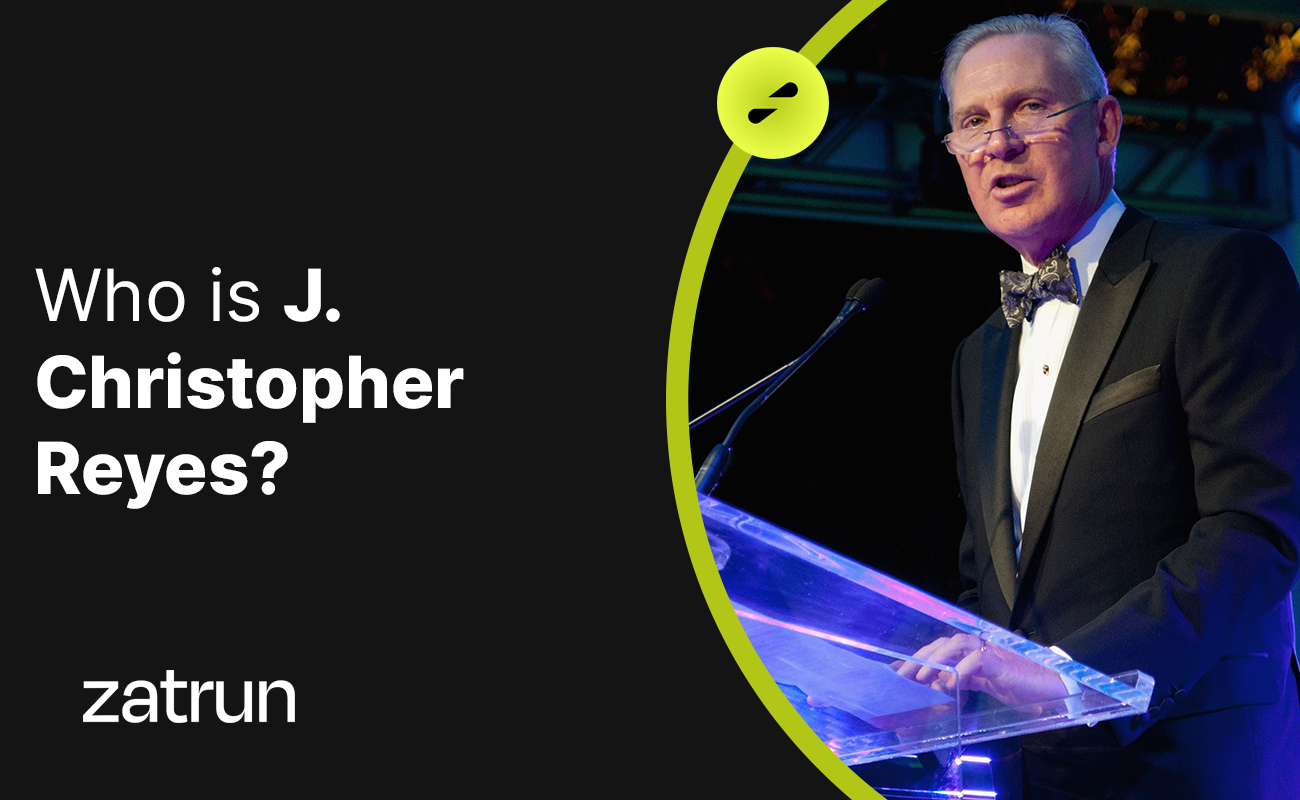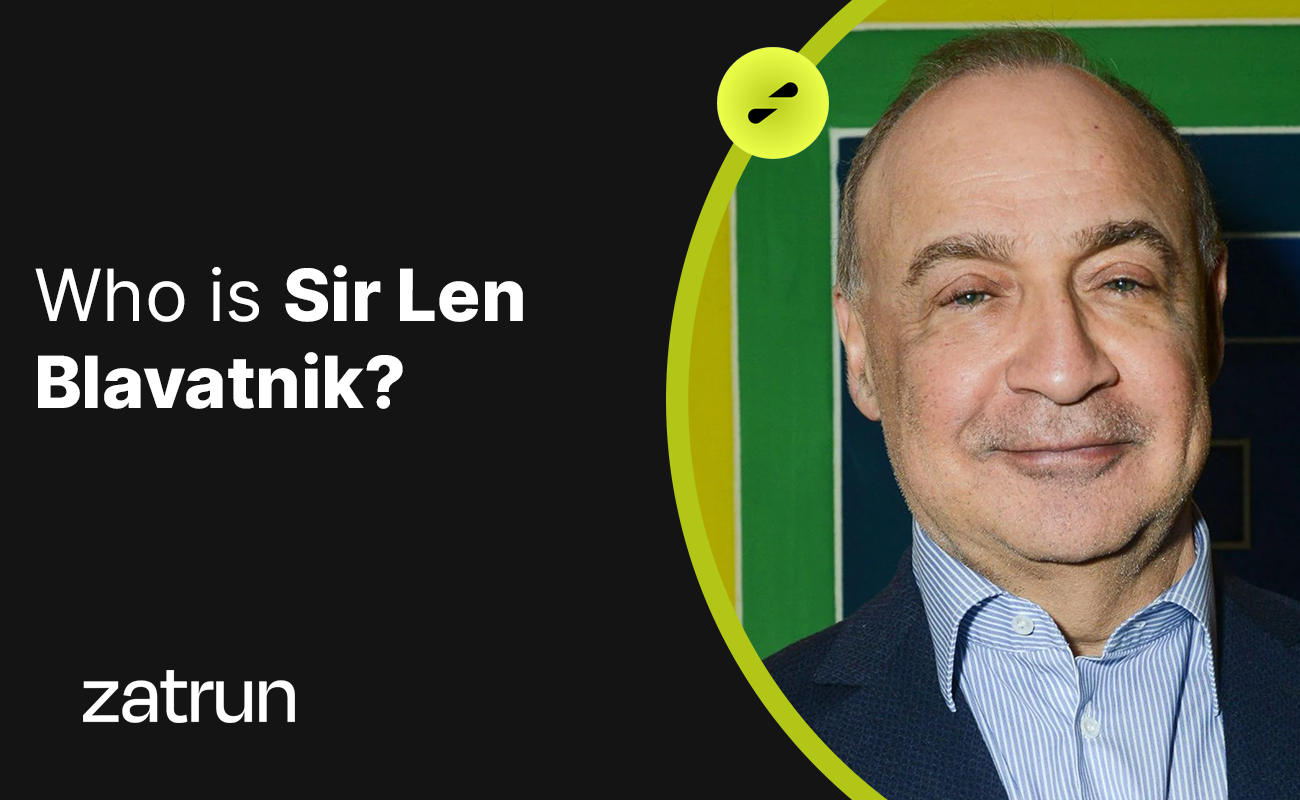When it comes to visionary pioneers in the world of computing, Andreas Bechtolsheim stands as one of the most influential figures. His journey from a small town in Bavaria, Germany, to becoming a renowned electrical engineer, entrepreneur, and investor is a testament to his relentless pursuit of innovation and excellence. In this comprehensive exploration of his life and contributions, Zatrun.com has delved deep into the fascinating world of Andreas Bechtolsheim.
Andreas Bechtolsheim: A Curious Mind Unleashed
Andreas Bechtolsheim’s story begins in Hängeberg am Ammersee, a picturesque village in Bavaria, where he was born as the second of four children. Growing up in an isolated house with no television and few neighbors, Bechtolsheim’s curiosity led him to experiment with electronics from a young age. His early fascination with technology paved the way for his remarkable journey.
The Bechtolsheim family’s life took an international turn when they moved to Rome in 1963 and later settled in Nonnenhorn on Lake Constance, Germany, in 1968. At just 16 years old, Bechtolsheim designed an industrial controller for a nearby company, relying on his ingenuity to program it in binary code due to limited access to assemblers. The royalties from this project played a significant role in funding his education, setting the stage for his future achievements.
Educational Pursuits: Nurturing Brilliance
As an engineering student at the Technical University of Munich, Bechtolsheim’s brilliance shone through. He participated in the Jugend forscht contest for young researchers, winning the physics prize in 1974 after three years of dedicated efforts. His academic journey took him to Carnegie Mellon University in 1975, supported by a Fulbright scholarship, where he earned his Master’s degree in Computer Science in 1976. The following year, Bechtolsheim joined Stanford University as a Ph.D. student in electrical engineering, further expanding his horizons.
At Stanford University, Bechtolsheim embarked on a groundbreaking project that would revolutionize computing. He designed a powerful computer, known as the SUN workstation, which featured built-in networking capabilities and took inspiration from the Xerox Alto computer developed at the Xerox Palo Alto Research Center. During this time, Bechtolsheim served as a “no fee consultant” at Xerox, providing him with invaluable insights into cutting-edge research.
Under the guidance of his advisor, Forest Baskett, and with the support of the Computer Science Department and DARPA, Bechtolsheim’s modular computer, the SUN workstation, found applications in various research projects, including the development of the V-System and early Internet routers. Despite facing lukewarm responses from other companies regarding manufacturing, his innovation laid the foundation for future advancements in computing.
Founding Sun Microsystems: A Legacy in Computing
The pivotal moment in Andreas Bechtolsheim’s career came with the founding of Sun Microsystems. Collaborating with visionaries like Vinod Khosla, Scott McNealy, and Bill Joy, he co-founded the company in 1982, marking himself as employee number one. The Sun-1, their first product, featured Bechtolsheim’s CPU board design, improved memory expansion, and a distinctive sheet-metal case.
Sun Microsystems went on to achieve remarkable success, holding its initial public offering in 1986 and reaching $1 billion in sales by 1988. Bechtolsheim’s relentless pursuit of innovation led to the creation of the SPARCstation 1, designed for the educational market, further solidifying Sun’s position as an industry leader.
Innovator and Investor: Shaping the Future
Andreas Bechtolsheim’s impact extends beyond Sun Microsystems. In 1995, he founded Granite Systems, a Gigabit Ethernet startup, which Cisco Systems acquired for $220 million in 1996. He later became the vice president and general manager of Cisco’s Gigabit Systems Business Unit.
His entrepreneurial spirit continued to drive him as he co-founded Kealia, Inc. in 2001 to work on advanced server technologies using the Opteron processor from Advanced Micro Devices. Sun Microsystems eventually acquired Kealia in 2004, bringing Bechtolsheim back to the company as senior vice president and chief architect.
Notably, Bechtolsheim co-launched Arista Networks in 2005, a high-speed networking company, and assumed the role of Chairman and Chief Development Officer. His ability to identify groundbreaking opportunities also led to early investments in tech giants like Google, where he played a pivotal role in the company’s formation.
Awards and Recognition: Celebrating Excellence
Throughout his illustrious career, Andreas Bechtolsheim has received numerous accolades, including a Smithsonian Leadership Award for Innovation in 1999. He was elected a member of the National Academy of Engineering in 2000, recognizing his contributions to computer workstation design and high-performance network switching.
In 2012, IT professionals voted Bechtolsheim as the individual who had made the most significant contribution to server innovation in the past two decades, cementing his legacy as a true visionary in the world of computing.
Andreas Bechtolsheim’s life and achievements serve as an inspiration to aspiring engineers, entrepreneurs, and innovators worldwide. His relentless pursuit of innovation and his ability to shape the future of computing make him a true luminary in the tech industry. As we look to the horizon of technological advancements, we can be certain that Andreas Bechtolsheim’s influence will continue to guide us into the digital age.











